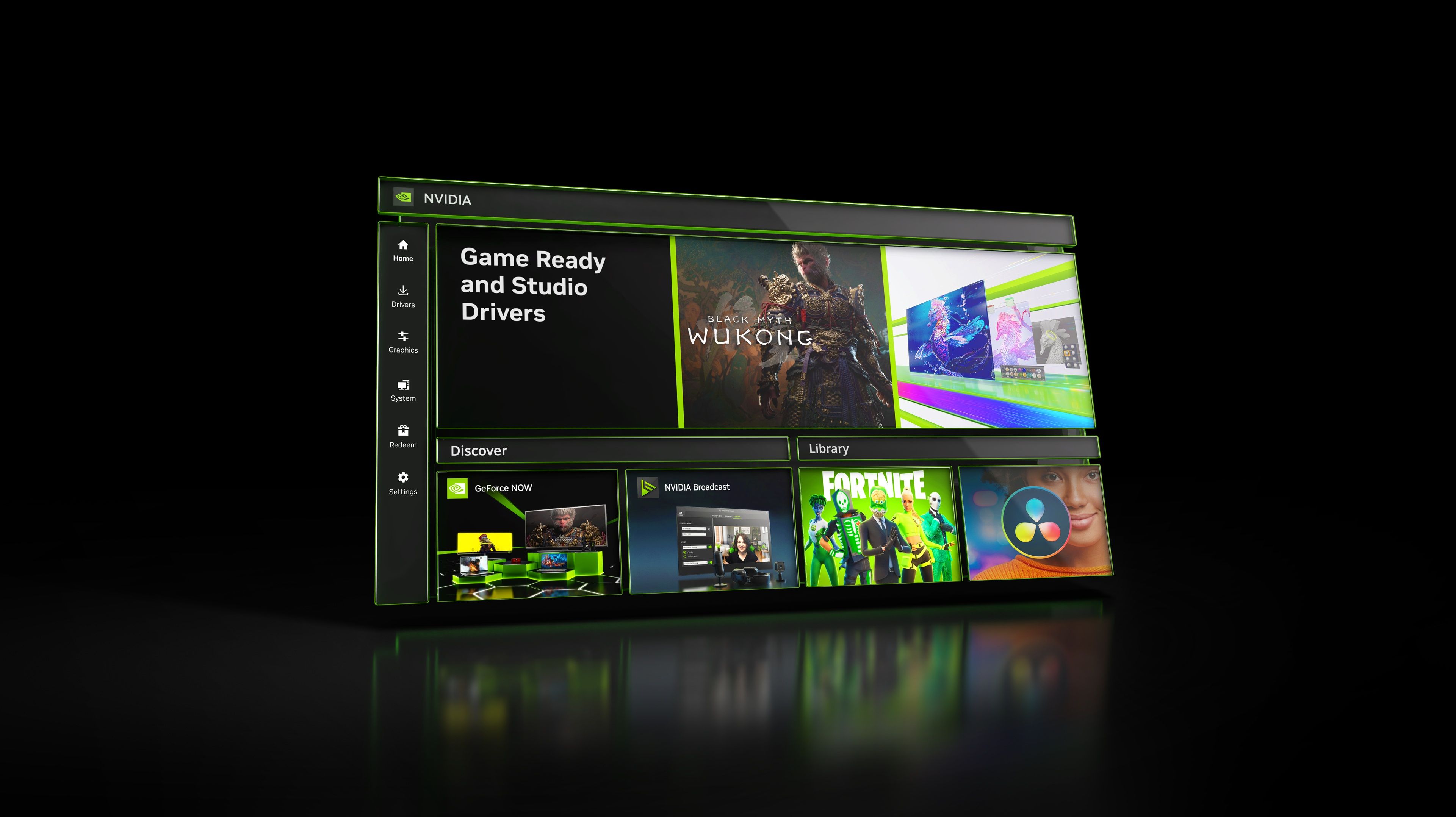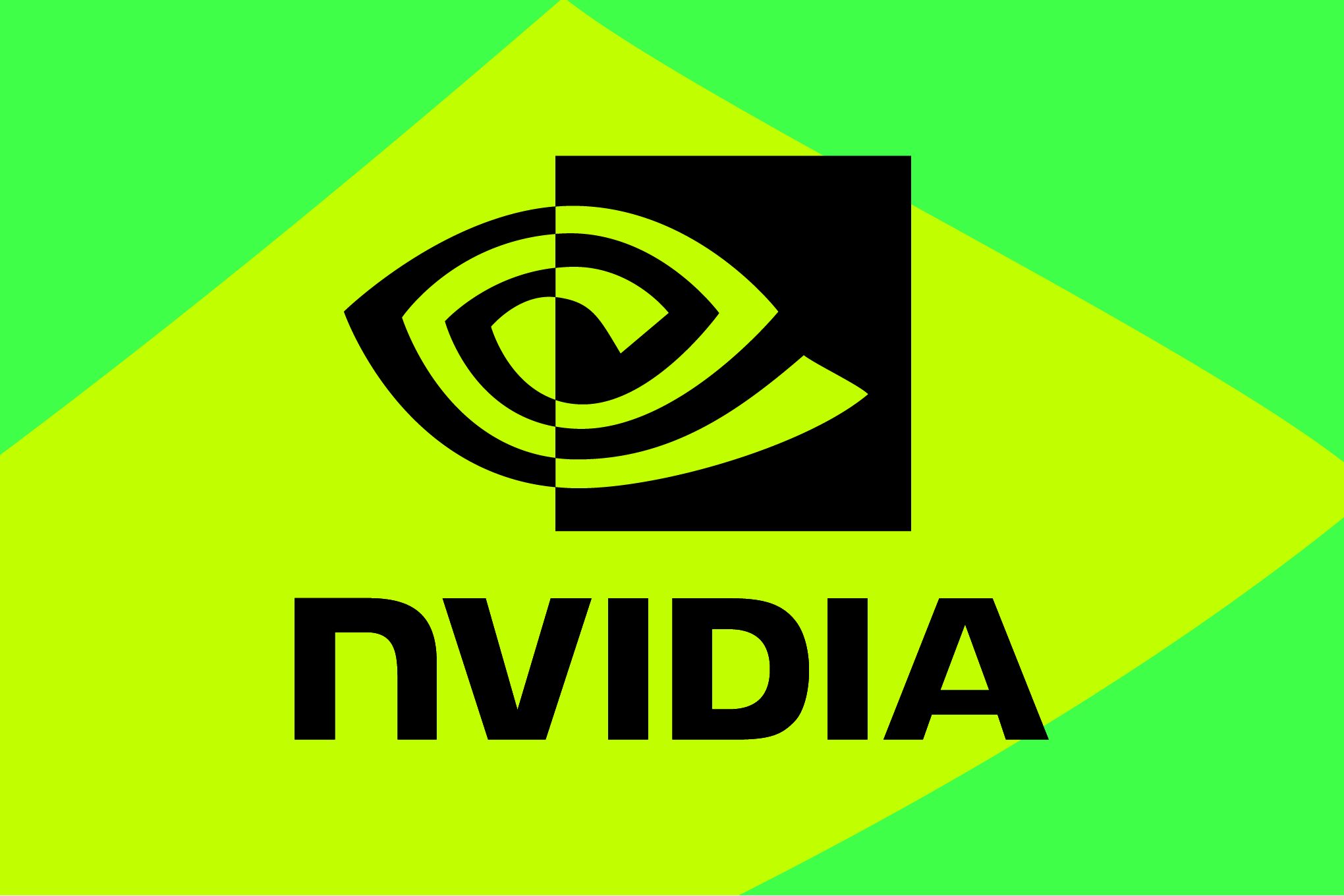Nvidia just dropped a game-changing app update that eliminates the need to configure DLSS settings game-by-game. The new global override system arrives alongside AI-powered Smooth Motion technology expanding to RTX 40-series GPUs, promising to double perceived frame rates. For millions of RTX owners, this means simpler graphics management and smoother gameplay without the control panel hassle.
Nvidia is finally solving one of PC gaming's most persistent annoyances. The company's latest app update, launching August 19th for beta users, introduces global DLSS override controls that eliminate the tedious process of configuring graphics settings for each individual game. The Verge reports the change represents a major step toward consolidating Nvidia's fragmented software ecosystem under a single unified interface.
The timing couldn't be better for RTX owners frustrated with Nvidia's historically scattered approach to graphics management. According to Nvidia's official announcement, users can now set DLSS preferences once and have them apply across all supported games, with an overlay showing active settings in real-time. This addresses a longstanding complaint from enthusiasts who've spent years juggling multiple Nvidia applications.
[Embedded image: Screenshot of Nvidia app showing new global DLSS override interface]
But the real headline grabber is Smooth Motion technology breaking free from RTX 50-series exclusivity. The AI-powered frame interpolation feature, which Nvidia claims "typically double[s] the perceived frame rate," now works on RTX 40-series GPUs. The driver-based AI model operates independently of game support for DLSS Frame Generation, meaning it can enhance titles running at native resolution or even those using competing upscaling technologies.
This democratization of Smooth Motion represents a significant value addition for RTX 40-series owners who felt left behind by newer GPU features. The technology works by intelligently generating intermediate frames between rendered ones, creating smoother motion perception without requiring game-specific integration. For competitive gamers and enthusiasts running older titles, this could transform gameplay experiences on hardware they already own.












